I have tried to simulated a 868Mhz groundplane in freespace, and 0.25m, 0.5m, 1m and 5m above average ground.
The results and the NEC files can be found on my 868 Mhz groundplane simulation page : http://www.ph2lb.nl/blog/index.php?page=simulation
GP in Free space
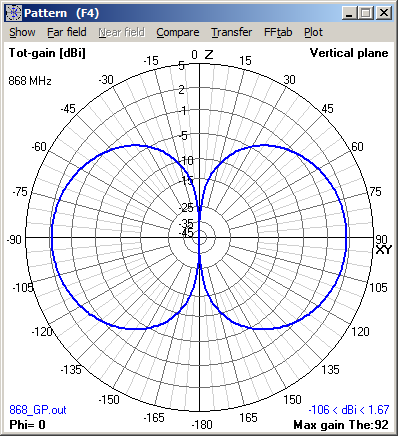
GP 0.25m above ground
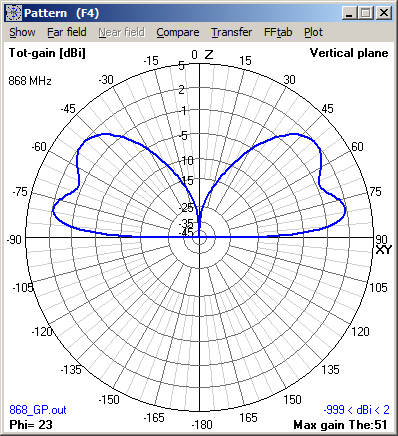
GP 0.5m above ground
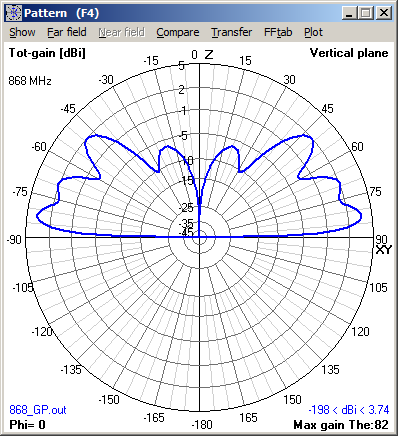
GP 1m above ground
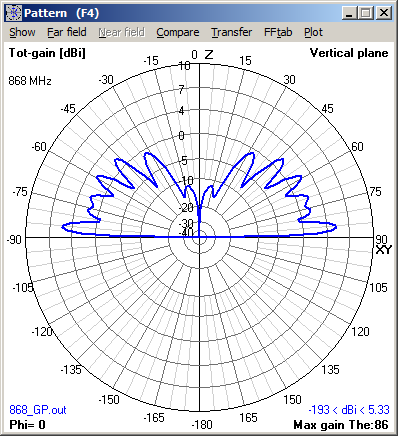
GP 5m above ground
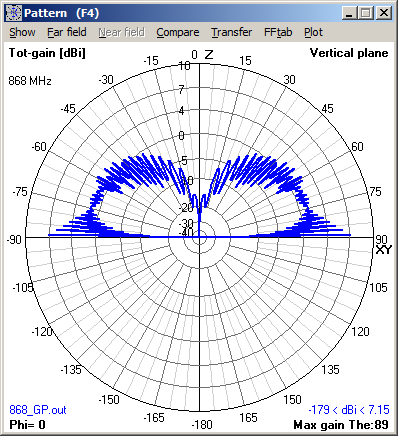
Conclusion : GP preform better above ground and height does matter. 
Fancy 3D pictures on my page.